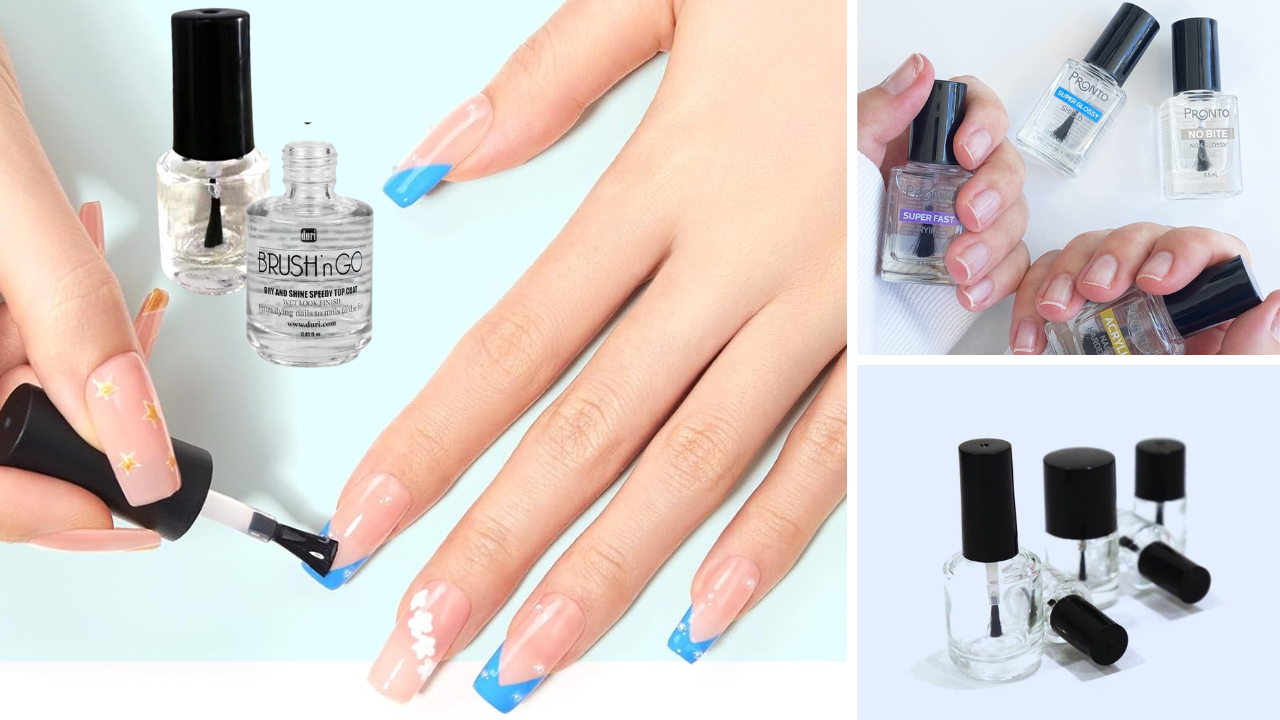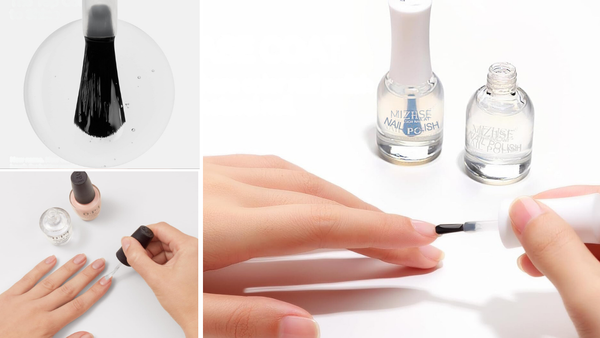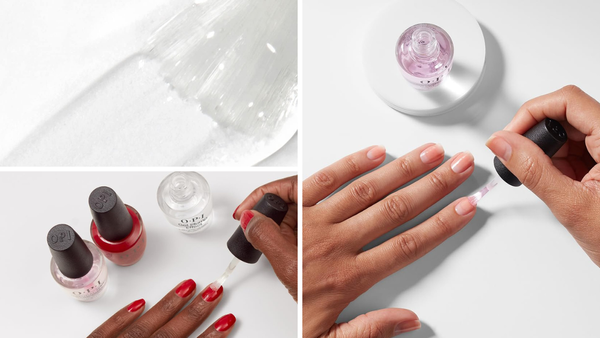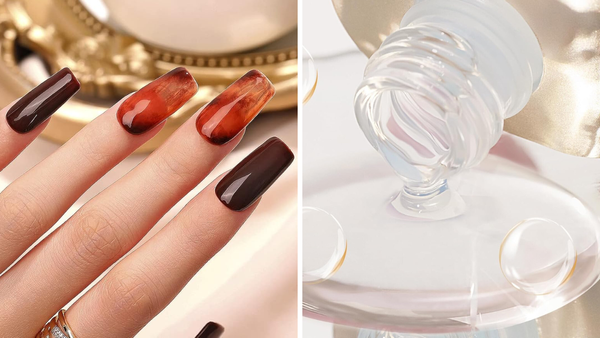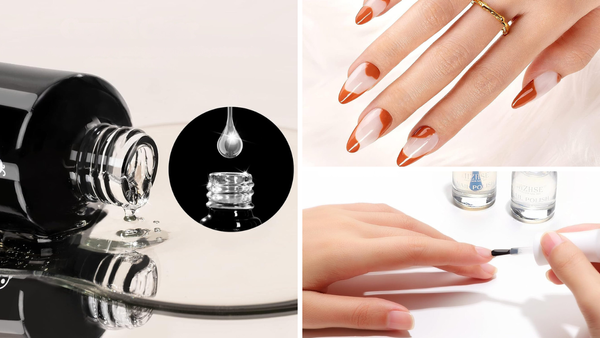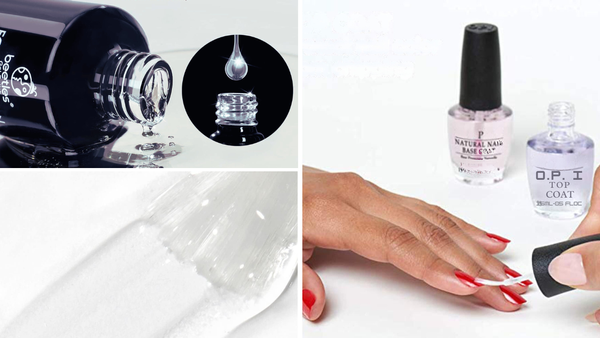Key Takeaways:
- Understand the impact of daily clear nail polish application on nail health.
- Learn how to properly care for nails while wearing polish regularly.
- Discover alternatives and best practices for maintaining healthy nails with frequent polish use.
Clear nail polish has been a staple in many beauty routines, offering a simple yet polished look. But, "Can I wear clear nail polish daily?" Let's delve into nail care and polish to find the answer.
The Appeal of Clear Nail Polish
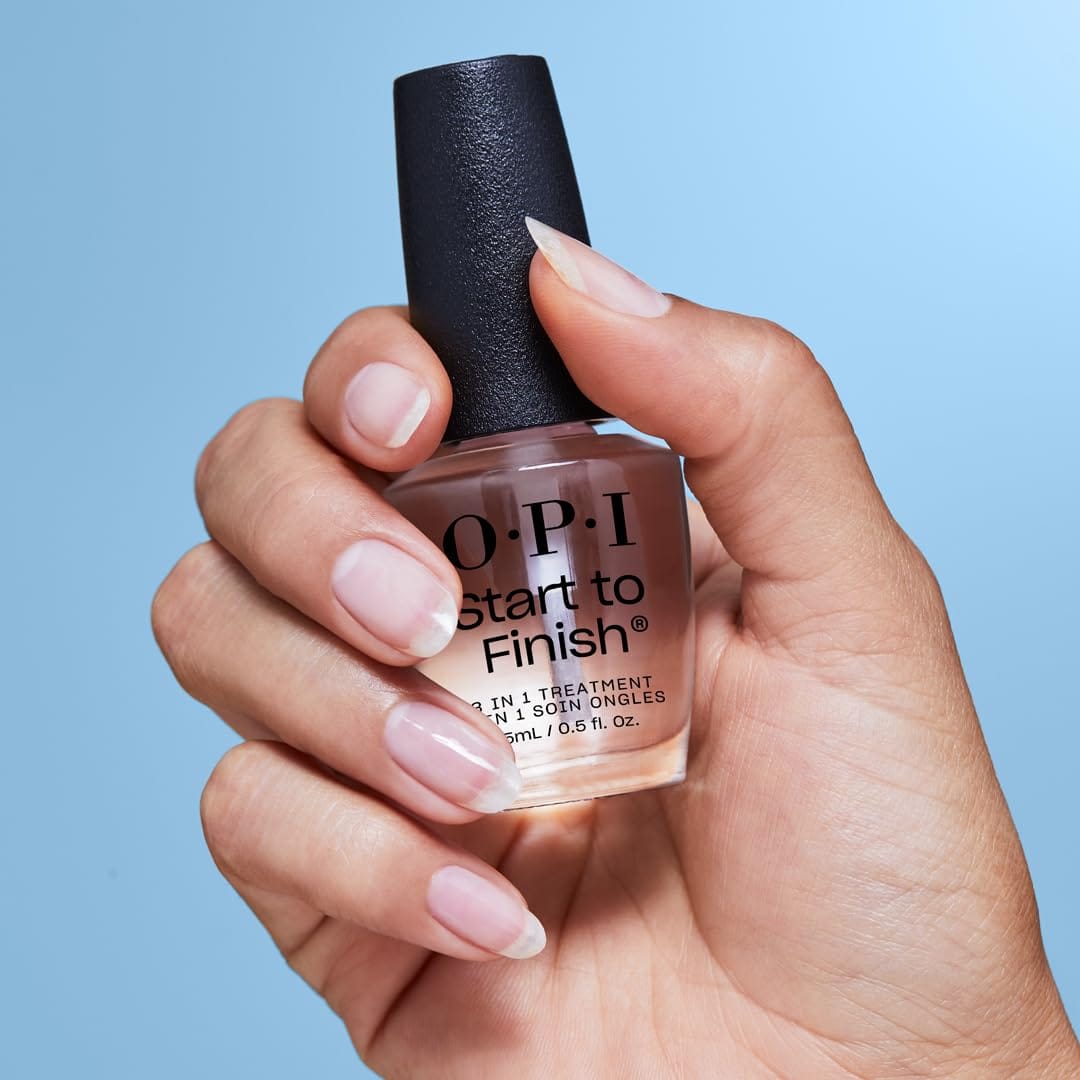
Clear nail polish is a go-to for many who desire a groomed appearance without the bold statement of dark colors. It adds strength and shine to natural nails, making them look healthy and well-maintained. For those who prefer a minimalist approach or work in environments where traditional nail polish colors may not be appropriate, clear polish is an excellent choice.
Nail Health and Daily Polish
Wearing nail polish, including clear varieties, can affect your nail health. Traditional nail polish can sometimes lead to nail thinning, white patches, and other signs of damage if not used correctly. It's essential to understand how polish affects the nail bed and the importance of allowing nails to "breathe" between applications.
The Science Behind Nail Breathing
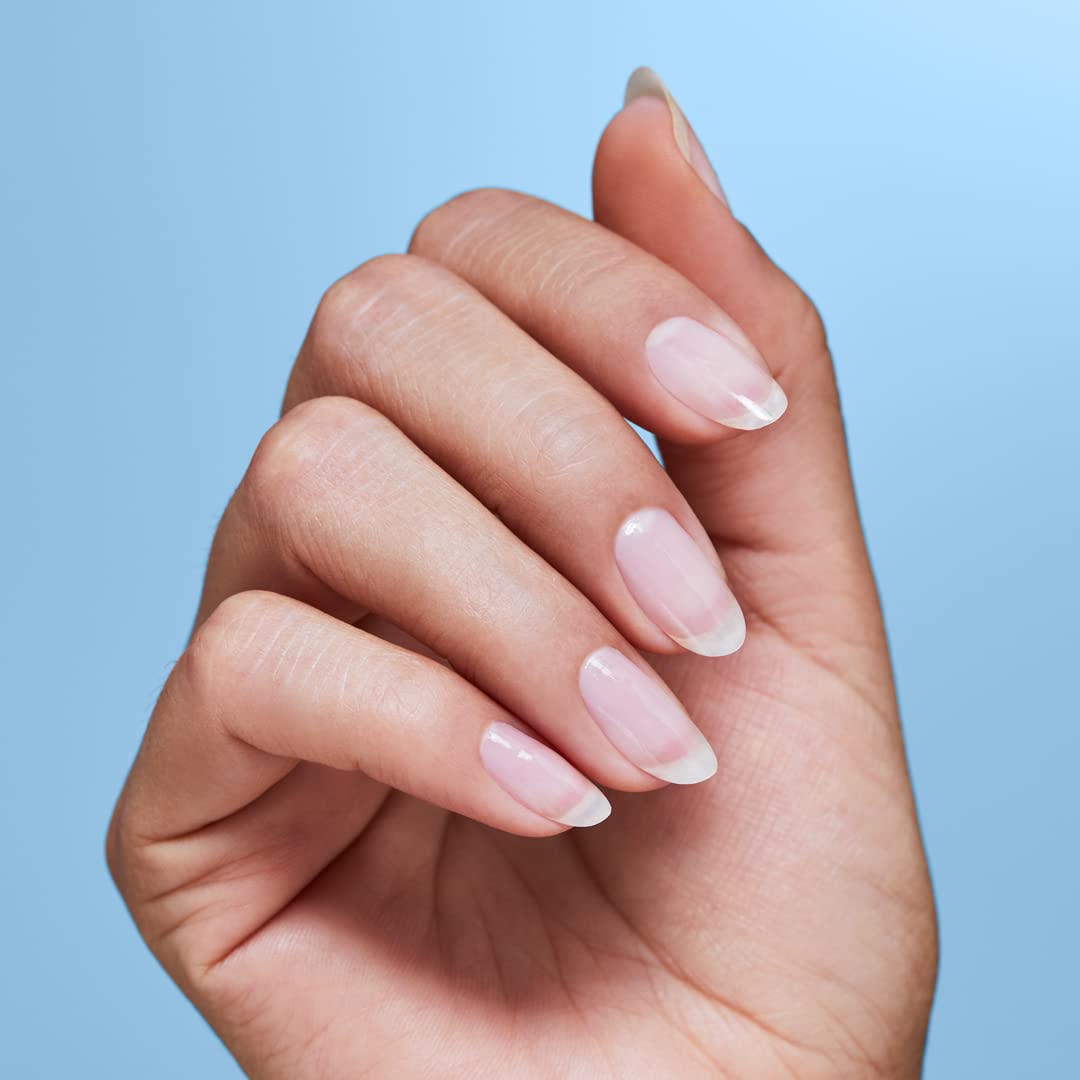
Contrary to popular belief, nails do not need to breathe. They receive nutrients and blood supply from the body, not the air. However, letting nails breathe means giving them a break from polishes and harsh chemicals that can cause nail damage over time.
Can Polish Harboring Fungus?
There is a small risk that clear nail polish can harbor bacteria and fungus if the bottle becomes contaminated. This is more likely to occur if you have an existing nail infection or if you share your polish with others. Using your polish in the same bottle and keeping it clean can help minimize this risk.
The Role of Base and Top Coats
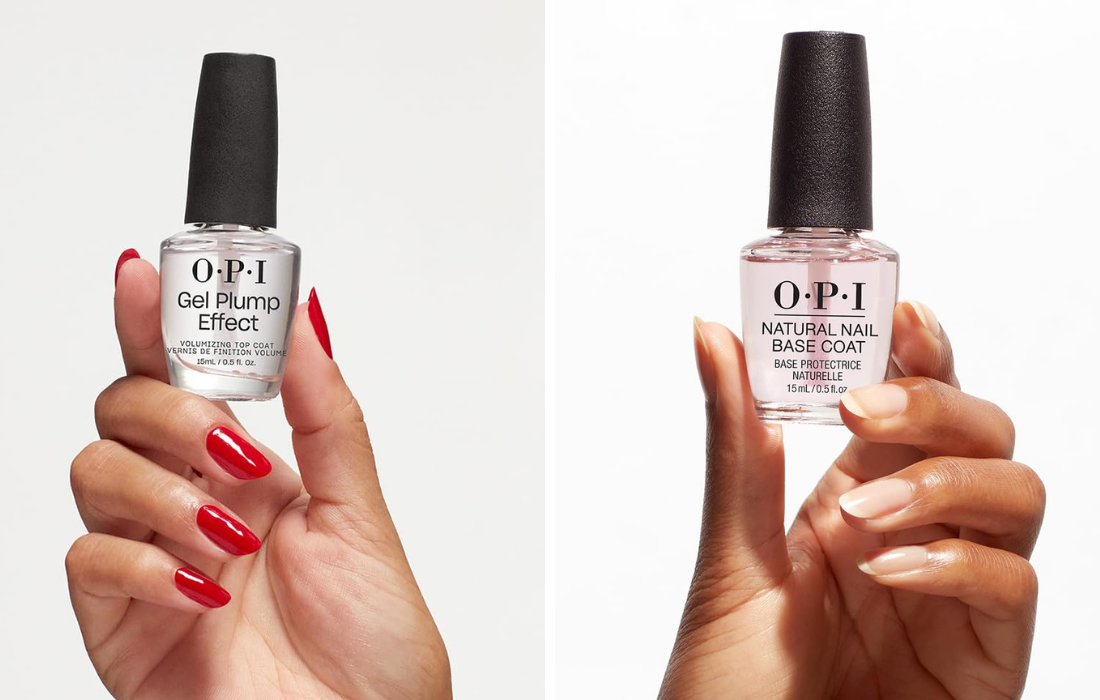
Applying a base coat before your clear polish can protect your nails from potential damage and discoloration. A top coat, on the other hand, seals the polish and adds extra TLC, ensuring your manicure lasts longer without chipping or peeling.
Gel Polish vs. Regular Polish
Gel polish is known for its durability and long-lasting shine, but it can be a health hazard if not removed properly. The removal process often involves an electric file or soaking in acetone, which can lead to brittle nails and thinning of the nail plate. Regular clear polish is less likely to cause these issues and is easier to remove.
The Long-Term Effects of Nail Polish Wear
When pondering the question, "Can I wear clear nail polish every day?" it's crucial to consider the long-term effects of continuous nail polish wear. Over time, traditional nail polish can lead to nail thinning and keratin granulation, where small white patches appear on the nail plate due to a lack of hydration and the constant presence of polish. Harsh chemicals like formaldehyde resin often exacerbate this in some nail polishes, which can compromise nail health. To maintain healthy nails, it's advisable to give them a break from polish, allowing the nail bed to recover and the blood supply to nourish the top layer of the nail.
Moreover, the nail removal process can be damaging if not done gently. Peeling off polish, especially gel polish, can strip away layers of the nail, leaving them thin and brittle. Using an electric file or scraping too aggressively can also cause nail damage. To keep nails strong, it's important to remove polish carefully, ideally by soaking and using a nail board certified by a dermatologist. Regular breaks from polish, coupled with the application of cuticle oil and keeping nails hydrated, can help mitigate the risks of long-term wear. It's not just about whether you can wear polish daily but also how you care for your nails between manicures.
Nail Aesthetics and Health Balance
Maintaining the aesthetics of natural nails while ensuring their health can be a delicate balance. Many customers seek the clean, groomed look that clear nail polish provides but are unaware of the small risk of wearing the same polish bottle for long periods. Bacteria and fungus can find a home in nail polish bottles, leading to potential infections or polish harboring fungus. To minimize this risk, it's essential to properly care for your nail polishes, ensuring they are stored correctly and not shared between individuals.
Conversely, the desire for strong, unblemished nails often leads individuals to seek treatments that add strength and reduce breakage. Products like nail hardeners and base coats can help, but they should be used judiciously to avoid an allergic reaction or further brittleness. A top coat can protect the nail from discoloration and provide extra TLC, but it's important to choose formulas free of dibutyl phthalate and other health hazards. Regular manicures with attention to the cuticles and non-damaging tools can keep nails looking their best without compromising their health. Remember, while clear nail polish can enhance the appearance of your nails, giving them time to breathe and recover is just as important for keeping them in tip-top shape.
The Importance of Hydration
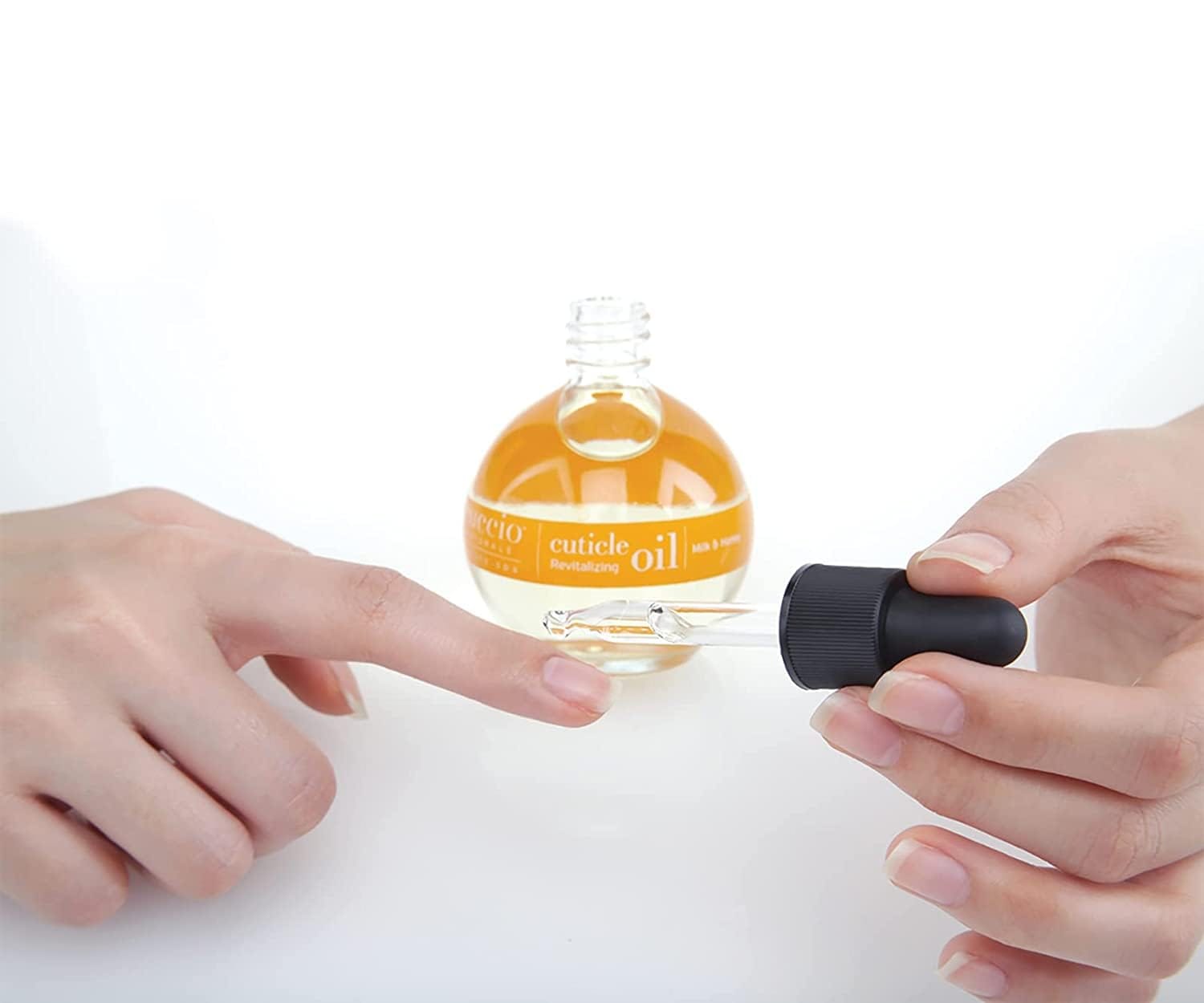
Keeping nails hydrated is crucial, especially when wearing polish every day. Cuticle oil and moisturizers help keep the nails and cuticles healthy, preventing brittleness and breakage. Hydrated nails are less likely to peel or become brittle, even with frequent polish use.
Professional Insight
A board-certified dermatologist or nail technician can provide personalized advice on properly caring for your nails when wearing clear polish daily. They can also identify signs of nail damage or allergic reactions to certain chemicals found in nail polishes, such as formaldehyde resin or dibutyl phthalate.
Alternatives to Daily Polish
If you're concerned about the effects of daily polish wear, consider using nail treatments that add strength and improve the health of your nails. These can be worn alone or under clear polish and often contain vitamins and keratin to support nail growth and repair.
Nail Care Best Practices
To maintain healthy nails while enjoying the benefits of clear polish, follow best practices such as regular manicures, gentle polish removal, and avoiding the use of harsh tools like metal files or electric files. These practices help prevent nail damage and keep your nails strong.
When to Take a Polish Break
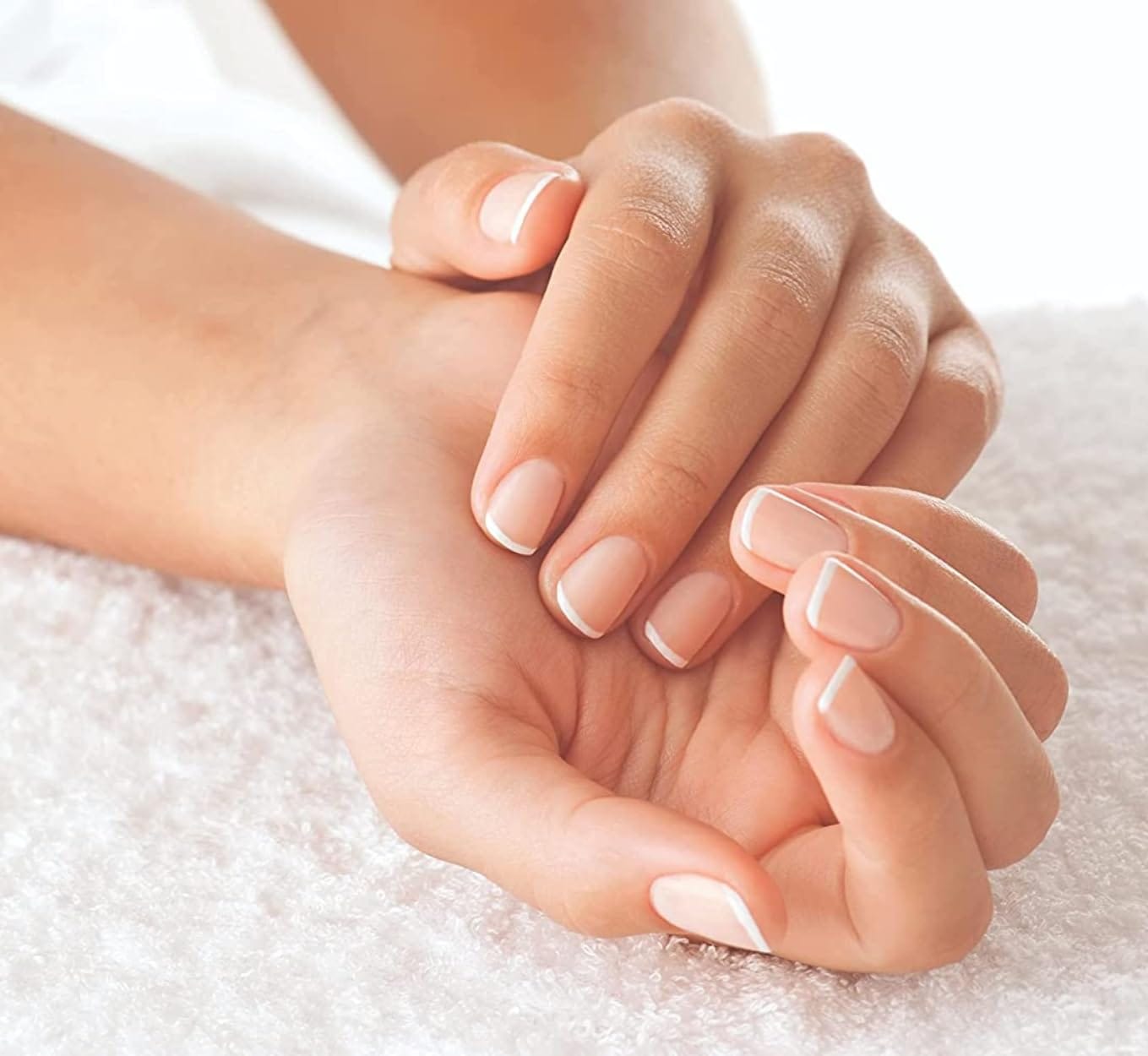
If you notice signs of nail damage, such as peeling, breakage, or discoloration, it may be time to stop polishing. Allowing your nails to rest for a few weeks can help them recover and regain their natural strength.
The Verdict on Daily Clear Polish Wear
Wearing clear nail polish daily is generally safe, provided you take the necessary steps to protect and care for your nails. By being mindful of the products you use and giving your nails the care they need, you can enjoy the look of polished nails without compromising their health.
Summary
Wearing clear nail polish daily is possible with the right precautions. It's important to prioritize nail health using base and top coats, keeping nails hydrated, and taking breaks when needed. Consulting with professionals and using quality products can also help maintain strong, healthy nails despite frequent polish use.
FAQ Section
Can clear nail polish be used to enhance the appearance of fingernails?
Yes, clear nail polish can be applied to fingernails to add shine and protect the nail surface.
Does wearing clear nail polish help protect my nails if I frequently wear nail polish?
Yes, wearing clear nail polish as a base or top coat can provide a protective barrier for your nails if you frequently wear nail polish.
Can clear nail polish help strengthen thin nails?
Yes, clear nail polish can provide a protective layer that may help strengthen thin nails over time.
